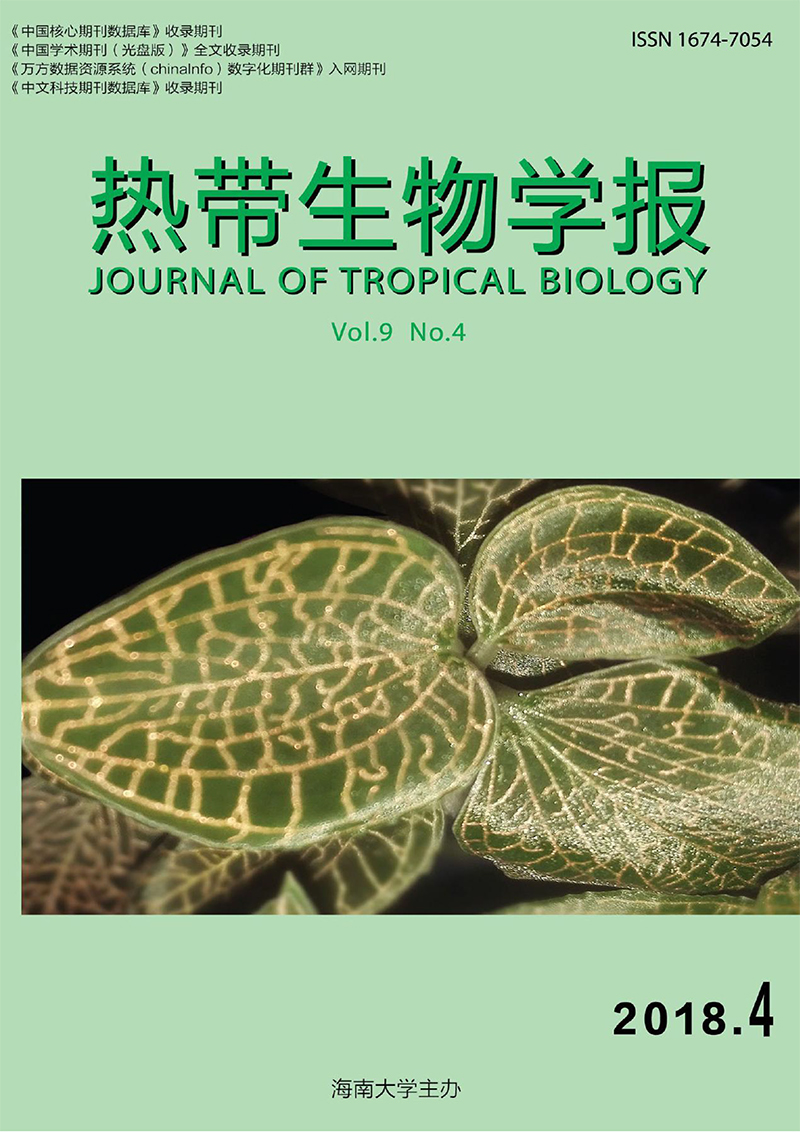Effects of Selenium Fertilizer on the Growth of Dendrobium officinale
doi: 10.15886/j.cnki.rdswxb.2018.04.009
- Received Date: 2018-11-06
- Rev Recd Date: 2018-11-19
-
Key words:
- Dendrobium officinale /
- sodium selenite /
- selenium /
- polysaccharides /
- growth
Abstract: Dendrobium officinale plants at 3 years old cultured in the intelligent greenhouse control system were treated by spraying with different concentrations of sodium selenite( 0,5. 0,7. 5,10. 0,15. 0,30. 0 mg·L-1)at a 10 days interval to observe their enrichment of selenium,and their growth and polysaccharides contents. The results showed that the treatments with sodium selenite increased highly significantly the selenium content and polysacharides content of D. officinale. The selenium content of the fresh stems of D. officinale were all increased with the concentration of the sodium selenite,and highly significant difference was observed between all the treatments. When treated with sodium selenite at a low range of between 5. 0 mg·L-1and 7. 5 mg·L-1,the D. officinale plants all grew well and their polysaccharides content in fresh stem increased with the concentration of sodium selenite. The polysaccharides content of the fresh stems of D. officinale plants treated at a range of 7. 5 mg·L-1was the highest( a 49. 665 g·kg-1. FW),but older leaves of the plants began to turn yellow.When the sodium selenite concentration was greater than 7. 5 mg·L-1,the polysaccharides contents of the fresh stems decreased,aggravating the yellow symptoms of the older leaves. When treated at a concentration of 30. 0mg·L-1a large number of older leaves tended to wither,turn yellow and drop; younger leaves turned chlorotic,and the plants senesced. Therefore,the concentrations of sodium selenite at 5. 0-7. 5 mg·L-1were adequate for the growth of D. officinale plants that were sprayed with sodium selenite at this growth stage.
| Citation: | CHEN Lixuan, CHEN Chun, CHEN Fei, KE Hezuo. Effects of Selenium Fertilizer on the Growth of Dendrobium officinale[J]. Journal of Tropical Biology, 2018, 9(4): 423-426. doi: 10.15886/j.cnki.rdswxb.2018.04.009 |






 DownLoad:
DownLoad: